Table of Contents
Coffee grounds are ideal for composting! Coffee lovers can help divert this common kitchen waste from landfills. These grounds are rich in nitrogen that is beneficial for the composting microorganisms in your pile.
You can add used or moldy coffee grounds to your pile with minimal preparation. In small amounts, fresh coffee grounds work well as fertilizers for acid-loving plants like blueberries and lilies.
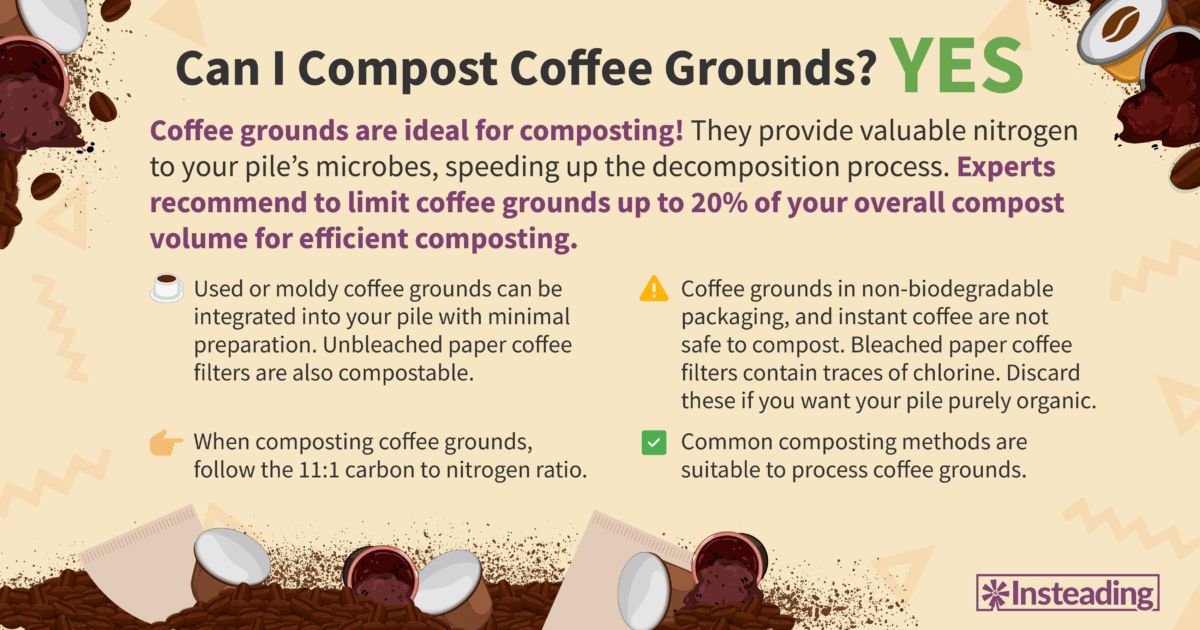
Coffee grounds in nonbiodegradable packaging are not safe for your compost. For example, coffee pods have plastic and metal components that can disrupt microbial activity. Separate these inorganic components and integrate the organic grounds and paper filters to your compost instead. Additionally, avoid instant coffees as they have additives not suitable for composting microorganisms.
When composting coffee grounds, follow the 11:1 carbon to nitrogen ratio. Dead leaves, shredded paper, and sawdust are excellent carbon materials. Experts also recommend limiting your coffee grounds to 20% of the total compost volume. Aim for an ideal temperature range of 120 to 160 degrees Fahrenheit to “cook” your organic materials, resulting in a nutrient-rich soil additive.
If composting is impossible, there are many alternatives to make use of coffee grounds for your home and garden. Continue below for a comprehensive guide.
How to Compost Coffee Grounds
Coffee grounds serve as excellent nitrogen sources, supporting the growth of beneficial microbes in your pile. For successful composting of coffee grounds, carefully prepare and strive for optimal conditions.
Preparing Coffee Grounds for Composting
Used coffee grounds are common kitchen waste from homes, offices, and coffee shops. Gather these everyday discards for composting so they don’t end up in landfills. When composting, instant coffee should be avoided as they contain certain additives that may not benefit your compost pile or compost tumbler.
Evenly rinse your used coffee grounds to remove natural oils and acids. Applying new coffee grounds (that have not been brewed) to your garden soil increases its acid levels, which highly benefits plants like azaleas, blueberries, and rhododendrons.
Meanwhile, Used coffee grounds will not make your compost acidic. Since the acids in the grounds are water-soluble, they mainly end up in your drink. Used coffee grounds typically have a pH level of 6.5 to 6.8, making them a safe and neutral addition to your compost.
Inspect the used grounds before composting and remove if there are any nonbiodegradable materials with it. This will ensure your compost is purely organic and prevents issues in your compost pile or compost heap. Combine the grounds with brown, carbon materials such as dried leaves, shredded paper, and sawdust.
Moldy coffee grounds are also compostable, but handling them requires extra care. If your immunity is compromised, wear gloves and a face mask while composting moldy coffee grounds. Prepare them in the same manner as you would other used coffee grounds.
Optimal Composting Conditions for Coffee Grounds
Spent coffee grounds contain high nitrogen content, which benefits composting microbes. Balance your coffee grounds compost with nitrogen-rich and carbon-rich materials. The ideal carbon to nitrogen ratio (C:N) is 11:1. Layering these ingredients creates an environment suitable for composting microbes.
Dr. Linda Chalker-Scott of Washington State University recommends limiting used coffee grounds up to 20% of the total compost volume. Dead leaves, wood chips, and shredded cardboard are great brown ingredients that help minimize issues in the pile. Combine these materials with food wastes, vegetable scraps, and fruit trimmings as nitrogen sources.
For hot compost, aim for an ideal temperature range of 120 to 160 degrees Fahrenheit. Use a backyard thermometer to monitor the pile’s temperature, and aerate the pile by turning it if the temperature drops. This optimal temperature range quickly “cooks” the coffee grounds and other organic wastes in the compost.
Maintain your compost pile damp – but not soggy. Too much moisture generates an anaerobic environment, causing unpleasant odors in your pile. To minimize this issue, add more carbon materials and turn the pile for aeration. Only add water if necessary.
By aiming for these optimal conditions, you can achieve healthy compost from coffee grounds.
How Long Do Coffee Grounds Take to Compost?
Under ideal conditions, coffee grounds typically decompose in less than six months. A balance of nitrogen and carbon materials, maintained optimal temperatures, and adequate moisture accelerates the decomposition process.
How Coffee Grounds Affect the Composting Process
Used coffee grounds significantly influence the composting process of your organic materials. With their nitrogen-rich content, they enhance soil fertility and promote plant growth when applied as finished compost.
Impact on Decomposition
Nitrogen from coffee grounds is a crucial element for the breakdown of organic wastes. Adding them to your compost pile or compost bin supports the growth of microorganisms necessary for decomposition. Additionally, coffee grounds provide nourishment in the compost needed by your garden soil. Follow 11:1 carbon to nitrogen ratio when combining green, and brown materials.
Microbial Activity
The nitrogen-rich content in coffee grounds and other green compost materials stimulates microbial activity in your compost pile. Nitrogen helps microbes grow and function, speeding up the decomposition process. Maintaining consistent microbial activity in your pile or tumbler results in a healthy soil additive for your garden.
Temperature and Moisture
Microbial activity supported by coffee grounds and other organic wastes generates heat as a byproduct. It increases the temperature inside your compost pile, “cooking” the materials within. Keep the composting temperature for coffee grounds within the optimal range of 120 to 160 degrees Fahrenheit by closely monitoring and regularly aerating.
Ensure your coffee grounds compost remains moist. Decomposition slows down if the compost is too dry. However, overly wet compost creates an anaerobic environment leading to odor issues. Minimize the lack of oxygen by aerating the pile and turning it. If needed, add more brown material to help reduce excess water in the compost pile or compost bin.
Potential Issues With Coffee Grounds
Issues in composting coffee grounds can arise from mismanagement. Fortunately, there are different ways to alleviate these issues.
Will Composting Coffee Grounds Attract Pests?
Coffee grounds normally do not attract pests, but improper maintenance of your compost pile may do so to your organic wastes. To prevent this issue, follow the carbon-nitrogen ratio, turn the pile regularly, and balance moisture levels.
Will Composting Coffee Grounds Cause Odors?
By themselves, coffee grounds don’t create unpleasant odors in the compost. However, too much moisture in the pile produces an anaerobic environment for your other organic wastes that can lead to foul smells. To minimize this issue, incorporate more carbon materials and aerate the pile by turning it.
Methods for Composting Coffee Grounds
Resources, space, and time are some of the factors to consider when composting coffee grounds. Thankfully, there are various methods to choose from.
Hot Composting
Spent coffee grounds are fantastic nitrogen sources for hot composting. This particular method uses the heat generated by microorganisms to efficiently break down organic matter. To manage the compost’s high temperatures, gardeners may use a long-stemmed backyard thermometer.
To start hot composting, collect your compostable coffee grounds and other food waste, and combine them with carbon-rich materials like dried leaves and sawdust. Keep the pile’s temperature between 120 and 160 degrees Fahrenheit. If the temperature falls below this range, aerate the pile by turning it.
Cold Composting
If you’re starting as a composter, cold composting could be the best option for you when handling used coffee grounds. This method consists of stacking layers of brown and green materials on top of each other. Cold composting requires minimal human intervention and mainly depends on natural microbes for decomposition.
Feel free to add unbleached paper coffee filters as carbon material to assist the composting process. Shredding these kitchen wastes into smaller pieces makes them break down easily.
Vermicomposting
Used coffee grounds and unbleached paper filters are useful to worms. They can be added in small quantities and converted into healthy, humus-like worm castings for your garden soil. Worms need to feed on proteins found in composting microorganisms to survive, and adding coffee grounds provides essential nitrogen for microorganism growth.
Both used coffee grounds and fresh coffee grounds are compostable in vermicomposting. Used coffee grounds have less acidity, making them a better choice for your worm bin. You can still add fresh coffee grounds, but only in small amounts. Introduce coffee grounds gradually into your worm bedding to help your worms adjust and accept them in their diet.
Flavored and decaffeinated coffee are suitable for vermicomposting, too! However, bleached coffee filters may introduce traces of chlorine to your worm farm. If this is a concern, explore disposal options to these filters.
Bokashi Method
For those with limited space, Bokashi is an excellent option to compost coffee grounds. It converts your coffee waste into healthy compost using an inoculated bran. For this method, gather your food scraps in a specialized Bokashi bin and sprinkle bran on top. Tightly seal the bin to keep pests away from your organic materials and contain any unpleasant odors.
Wait for 4 to 6 weeks, and then use the resulting compost in your garden.
Alternatives to Composting Coffee Grounds
If you can’t compost coffee grounds, explore other alternatives to make good use of them.
Industrial Composting of Coffee Grounds
Industrial composting facilities can accept kitchen wastes like coffee grounds for commercial composting. A fresh cup of coffee has its environmental impact, too. In Austin, Texas, the Compost Coalition’s Ground to Ground program collects nitrogen-rich espresso grounds from local cafés, diverting them from landfills. Pounds of coffee grounds are converted into healthy compost suitable for farm and garden use. Offices, restaurants, and neighborhoods are eligible to participate in this program.
If you are from Philadelphia, Circle Compost offers pick up services for kitchen wastes, including coffee grounds and paper filters, to commercial, and residential establishments.
Contact your nearest composting facility to find out how they accept such waste products.
Upcycling Coffee Grounds
There are creative options to reuse and recycle coffee grounds for your home and garden.
Coffee Grounds as Fertilizer
Sprinkle a thin layer of fresh coffee grounds around the surface soil of acid-loving plants like azaleas, blueberries, and lilies. Mixing coffee grounds with garden soil can benefit root crops like carrots and radishes. Other elements in the soil will dilute caffeine content from fresh coffee grounds. If caffeine contamination is a concern, you may apply used coffee grounds instead. They have lesser caffeine content.
Applying spent grounds as additional organic material can improve your garden soil’s water retention and overall aeration. They also attract earthworms, benefitting both your plants and soil. Combine coffee grounds with other carbon materials like wood chips and sawdust to create a fertilizer.
Be sure not to pile thick layers of coffee grounds on your soil, as this can disrupt air and water flow.
Coffee Grounds as Weed Suppressant
Fresh coffee grounds can suppress the germination and growth of pesky weeds due to their allelopathic capabilities. They release biochemicals that interfere with the development of other organisms, including fungal pathogens. To target weeds, sprinkle suitable amounts of fresh coffee grounds on them or boil the grounds to create a natural, weed-killing herbicide.
Coffee Grounds as Odor Neutralizer
Spent coffee grounds effectively eliminate and neutralize unwanted odors. Coffee bean nitrogen content wipes out foul smells in the air when combined with carbon. To combat odors from aromatic foods, place used coffee grounds in your fridge.
Coffee grounds can also act as air fresheners. Simply stuff them inside a sock and put it in any area that requires deodorizing.
Coffee Grounds as Cellulite Minimizer
When applied topically on areas with cellulite, the caffeine from coffee beans helps break down fat and improves blood flow. As a result, the appearance of cellulite is visibly reduced.
For a cellulite minimizer, mix coffee grounds with coconut oil and apply it to the affected area twice a week. Scrub for 10 minutes.
Disposal Options for Coffee Grounds
If none of the options above are possible, properly discard coffee grounds to an appropriate waste bin.
What Coffee Grounds Shouldn’t Be Composted?
Some coffee grounds that come in nonbiodegradable packaging are not safe for your compost pile or compost bin. Coffee pods have various components such as plastic and traces of metals that may disrupt the microbial activity of your pile. Common K-Cup® pods are not entirely biodegradable. Separate the organic coffee grounds and paper filter from the plastic container and aluminum lid, which should be discarded and never go into your compost.
Many coffee manufacturers are transitioning to biodegradable packaging. For example, Halo® coffee pods are suitable for home composting while Urban Brew® are appropriate for industrial composting.
Safety and Precautions When Coffee Grounds
To lessen risks and issues on composting coffee grounds, prepare them carefully and maintain the ideal composting conditions. Any nonbiodegradable material in the used coffee grounds should be separated.
If you have weakened immunity or respiratory problems, handle moldy coffee grounds with a pair of gloves and wear a face mask. Mold may release irritating spores that can harm your health.
After your composting activity, wash your hands with soap under running water.
FAQ
Can I compost coffee filters along with the grounds?
Organic unbleached coffee filters are as safe to compost in minimal amounts as brown materials. Shred these compostable filters before adding them to your compost pile or compost bin. White bleached coffee filters may contain traces of chlorine, which could disrupt microbial activity in the pile and seep into your garden soil. If this concerns you, consider discarding bleached filters and looking for alternative composting options.
Are coffee grounds considered brown or green material?
Coffee grounds are green compost materials because they are high in nitrogen. Combine them with brown materials when composting, and follow the 11:1 carbon to nitrogen ratio for efficient decomposition.
Can you add too much coffee grounds to compost?
As a general rule, scientific studies from Washington State University recommend adding up to 20% of coffee grounds to the total compost volume. This percentage is adequate for efficient composting.



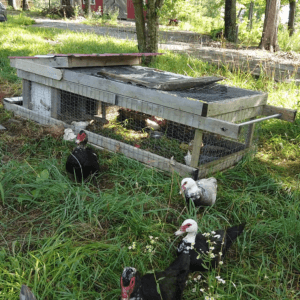


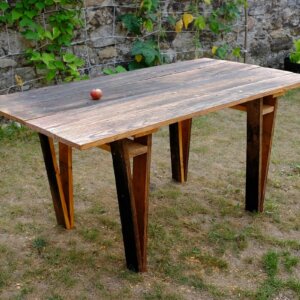





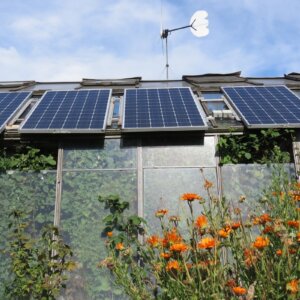
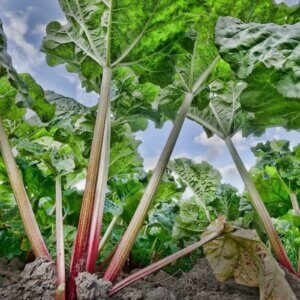

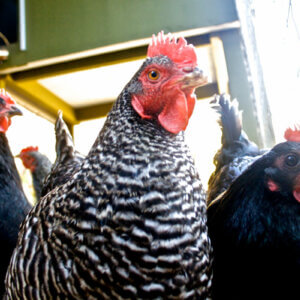

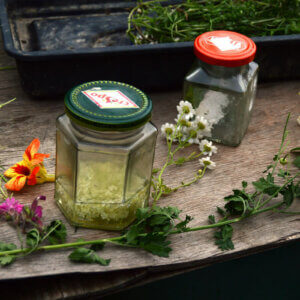

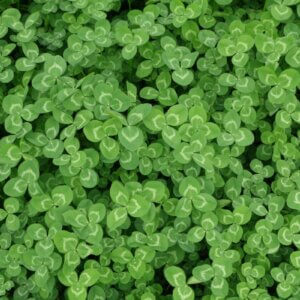
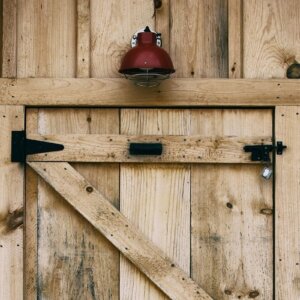
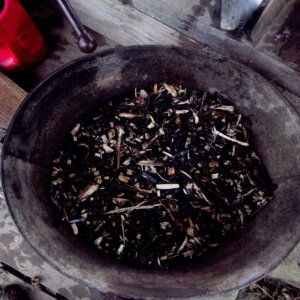
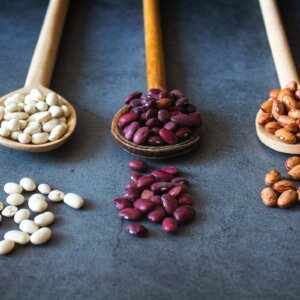
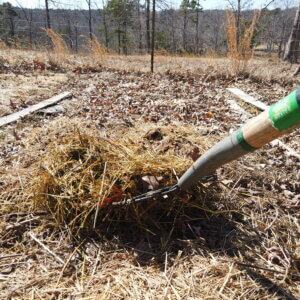

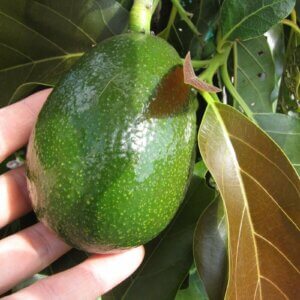


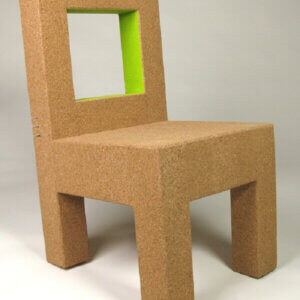
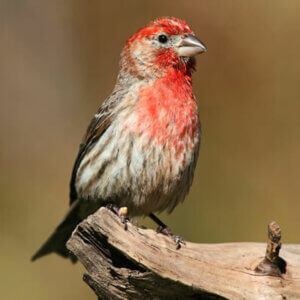



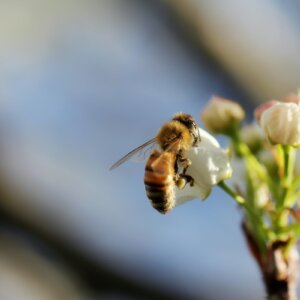
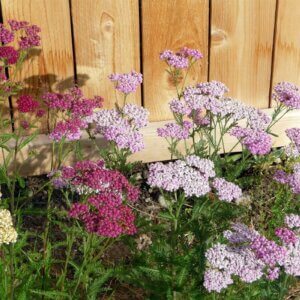


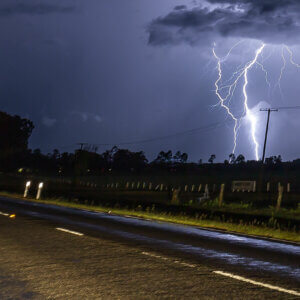
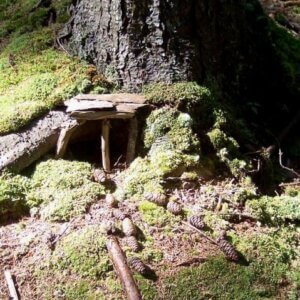
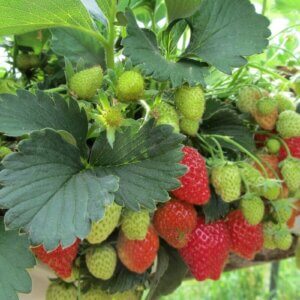

Leave a Reply